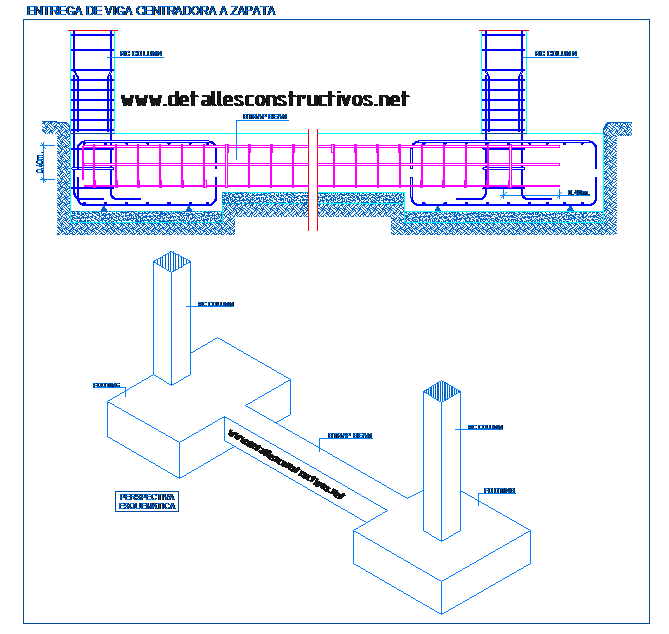Gus14
Civil/Environmental
- Mar 21, 2020
- 194
Two columns in two separate buildings share the same footing. Service load on each column is 1000 kn. Building number one will be demolished and a new basement below the footing depth of embedment will be built, while building number two will remain untouched. The contractor wants to saw cut the footing but the resulting eccentricity will be huge and not safe for overturning. What do you think is the solution ?



